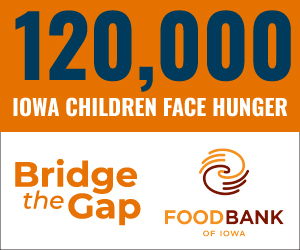Student loan defaults higher than government estimates
The share of borrowers who default on their student loans is bigger than the federal government’s short-term data suggest, with thousands more facing damaged credit histories and millions more tax dollars being lost in the long run, The Chronicle of Higher Education reported.
According to unpublished data obtained by the Chronicle, one in every five government loans that entered repayment in 1995 has gone into default. The default rate is higher for loans made to students from two-year colleges, and higher still, reaching 40 percent, for those who attended for-profit institutions.
The numbers represent thousands of students like Lourdes Samedy, of Boston, who ended up defaulting on about $7,000 in student loans after completing a nine-month medical-assistant program at Corinthian Colleges Inc.’s Everest College, and now cannot get a job.
They also show that the government’s official “cohort-default rate,” which measures the percentage of borrowers who default in the first two years of repayment and is used to penalize colleges with high rates, downplays the long-term cost of defaults, capturing only a sliver of the loans that eventually lapse.
Though the data obtained by the Chronicle reveal that default rates continue to climb for years after borrowers have left college, particularly among students who attended two-year and for-profit colleges.
For loans made to community-college students, the 15-year default rate is 31 percent. David Baime, senior vice president for government relations at the American Association of Community Colleges, called that number “shockingly high.”
“It’s really just a tragedy given the consequences of student loan default,” he said.
Borrowers who default on their student loans face significant personal and financial burdens. They become ineligible for additional federal aid and may have their wages and tax refunds seized by the government. Their negative credit records make it harder for them to obtain car loans, mortgages and credit cards, and even apartments or jobs. When they can get loans, they pay higher interest rates.
Click here to read the entire article.








